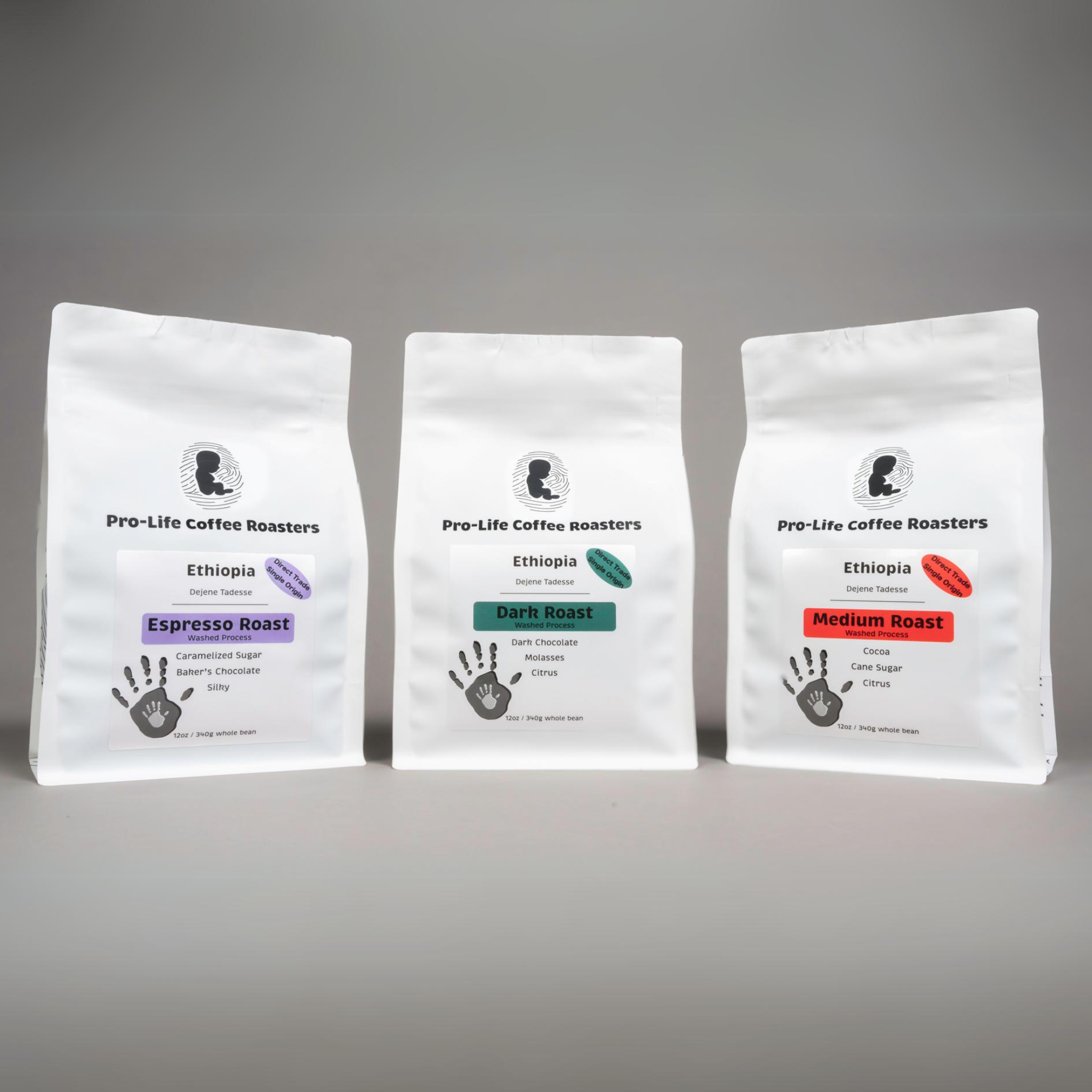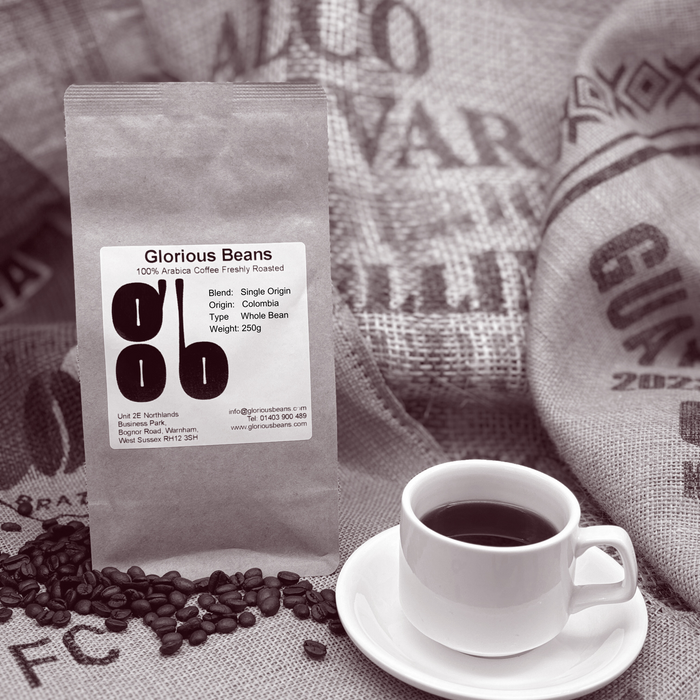A Starter’s Guide to Understanding SOE Single Origin Espresso
A Starter’s Guide to Understanding SOE Single Origin Espresso
Blog Article
Checking Out the Abundant Flavors of Coffee Beans: a Deep Dive Into Espresso and Blended Coffee Beans
When you explore the rich flavors of coffee beans, you uncover a complex world where each variety brings its very own character to your cup. Recognizing the origins, processing methods, and roasting techniques can change your coffee experience. As you navigate with the art of coffee and the imagination behind blended coffees, you'll begin to appreciate the subtleties that make each sip one-of-a-kind. What you'll find next may alter the method you enjoy your early morning brew.
The Origins of Coffee Beans: Checking Out Terroir and Flavor Profiles
When you take a sip of coffee, you're not simply appreciating a drink; you're experiencing an abundant tapestry of flavors formed by the beans' beginnings. Each region produces special taste profiles affected by altitude, climate, and dirt. Beans from Ethiopia often break with intense, fruity notes, while those from Colombia tend to offer a balanced, nutty sweetness.
As you explore different origins, you'll notice just how terroir-- the ecological variables affecting a crop-- plays a crucial function - Single Origin Espresso. The very same coffee variety can taste dramatically various depending on where it's grown
When you think about these factors, you start to value the complexity behind your mug. Each sip tells a tale of the land and the farmers who supported the beans. So, next time you indulge, consider the journey your coffee took prior to it reached your hands, and savor those complex flavors that show its origin.
Recognizing Coffee: The Art and Scientific Research Behind the Mixture
When you consider coffee, it's not just regarding the strong taste; it's also about the strategies that bring it to life. Understanding how different preparation techniques influence preference can transform your developing experience. Let's explore the intricacies of coffee preparation and reveal the unique flavor accounts that make each mug unique.
Espresso Prep Work Methods
Espresso prep work is both an art and a scientific research, integrating precise strategies with a deep understanding of coffee. To start, you'll desire to select top notch, freshly baked beans and grind them finely for perfect removal (Single Origin Espresso). The grind size is important; also rugged, and your coffee will be weak, as well great, and it'll be bitter
The outcome must be an abundant, velvety coffee with an attractive layer of crema on top. With method, you'll master these techniques.
Flavor Accounts Described
The globe of espresso supplies a rich tapestry of flavor profiles that can boost your coffee experience. Light roasts usually showcase intense acidity and lively tastes, while dark roasts present much deeper, bolder tones.
Understanding these profiles assists you pick the best coffee for your taste buds. Explore different blends can disclose unusual combinations. A well-crafted blend may harmonize the brilliant notes of an Ethiopian bean with the abundant, chocolatey touches of a Brazilian bean. Welcome the trip of discovering coffee's varied tastes, and you'll transform your coffee ritual into an interesting experience.
Processing Approaches: Exactly How They Impact Flavor and Scent
While it could seem that the origin of coffee beans is one of the most substantial aspect in identifying their taste and scent, the handling techniques utilized post-harvest play an equally essential duty. You'll locate that these techniques can significantly change the last taste profile of your mug.
For instance, the washed procedure eliminates the fruit from the beans before fermentation, commonly bring about a cleaner, brighter taste. The all-natural procedure leaves the fruit intact throughout drying, resulting in a sweeter, fruitier account.
Other methods, like honey processing, strike an equilibrium, permitting some fruit mucilage to remain, supplying an unique complexity.
Each handling technique communicates with the beans' fundamental characteristics, improving or silencing details flavors and aromas. When you sip that coffee or mixed coffee, remember that the journey from cherry to mug is influenced not just by origin but likewise by how those beans were refined.
Toasting Strategies: Opening the Complete Possible of Coffee Beans
Roasting techniques are necessary for revealing the complete possibility of coffee beans, as they change raw, eco-friendly beans into the fragrant, tasty coffee you appreciate. The selection of roasting technique-- light, tool, or dark-- substantially influences flavor profiles.
A slower roast at reduced temperatures permits for complex tastes to develop, while a quicker roast can heighten bitterness. By understanding these strategies, you'll reveal a world of taste, boosting your coffee experience to brand-new elevations.
The Magic of Blended Coffee: Developing One-of-a-kind Taste Experiences
Creating a special taste experience with combined coffee can change your early morning ritual into an exploration of taste. By combining different beans from various regions, you can expose a symphony of tastes that boost your cup to new heights. Each blend offers a distinct profile, balancing sweet taste, level of acidity, and body to create something absolutely unique.
When you pick a blend, you're not simply selecting a coffee; you're selecting a journey across diverse landscapes and societies. Trying out different mixes allows you to find your individual faves, whether you delight in fruity notes or rich, chocolatey touches.

Tasting Notes: Recognizing the Subtleties in Your Mug
As you drink your coffee, you might see a spectrum of tastes dancing on your taste, each disclosing the details of the beans. You might taste the bright acidity evocative citrus or the deep, abundant notes similar to dark delicious chocolate. The sweet taste could stimulate honey or caramel, stabilizing the general profile beautifully.
Focus on the body of the coffee-- does it really feel light and airy, or is it full and luscious? The surface, also, offers hints; a lingering aftertaste might mean nuttiness or flower undertones.

Do not neglect to discover the distinct attributes of various beginnings, as each region imparts unique tastes - Single Origin Espresso. For example, Ethiopian coffees typically present fruity notes, while Colombian beans might showcase an extra rounded sweet taste. By acknowledging these subtleties, you'll grow your admiration for each cup, raising your coffee experience to brand-new heights

Developing Techniques: Optimizing Taste Extraction for Every Bean
When you discover the different developing techniques, you'll find that each technique can considerably influence the taste account of your coffee. From French press to pour-over, each method essences different compounds, boosting or silencing details notes. For circumstances, using a French press allows oils to stay in the brew, developing a richer taste, while pour-over highlights clarity and illumination.
Temperature and grind size also play necessary functions. A coarser grind works best for cold brews, while a great work is perfect for coffee. Explore water temperature-- in between 195 ° F and 205 ° F-- can reveal concealed flavors, also.
Do not forget regarding soaking time; a quick extraction can bring about sour notes, while over-extraction might produce anger. By changing these variables, you can maximize flavor removal and genuinely raise your coffee experience. Delight in the journey of finding what method finest suits your taste!
Frequently Asked Questions
What Is the Ideal Water Temperature Level for Developing Coffee?
The perfect water temperature level for developing coffee's in between 195 ° F and 205 ° F. If you make use of water that's too warm, you'll over-extract flavors; as well cold, and you will not extract sufficient. Aim for that sweet place for the very best mixture!
Exactly How Does Grind Size Impact Coffee Flavor?
Grind dimension considerably affects coffee taste. Finer grinds remove more oils and tastes, leading to a bolder taste, while coarser grinds return a lighter flavor. Adjusting grind dimension helps you accomplish your wanted coffee account.
Exist Wellness Advantages Linked With Alcohol Consumption Coffee?

What Is the Difference In Between Arabica and Robusta Beans?
Arabica beans are smoother and sweeter, typically including fruity tastes, while robusta beans are stronger with a bitter preference and higher caffeine material. You'll see these differences in fragrance and brewing experience.
Just How Can I Store Coffee Beans for Quality?
To store coffee beans for freshness, maintain them in an airtight container, far from light, moisture, and warm. You'll keep their taste much longer if you only grind what you need right prior to developing.
Exploring the Rich Flavors of Coffee Beans: a Deep Dive Into Espresso and Blended Coffee Beans.
When you explore the abundant flavors of coffee beans, you uncover a complicated world where each variety brings its very own character to your cup.When you take a sip of coffee, you're not simply appreciating a beverage; you're experiencing an abundant tapestry of flavors formed by the beans' origins.Roasting methods are important for exposing the full possibility of coffee beans, as they transform raw, eco-friendly beans into the fragrant, delicious coffee you take pleasure in.As you drink your coffee, you could see a spectrum of tastes dancing on your taste buds, each exposing the details of the beans.
Report this page